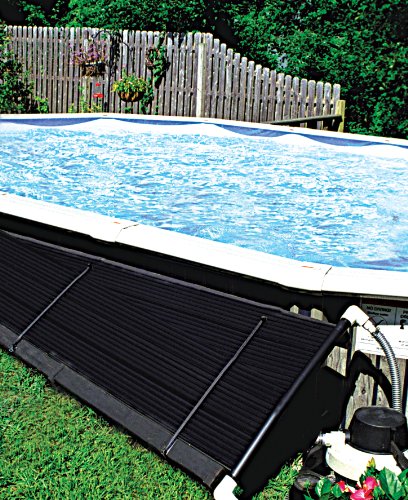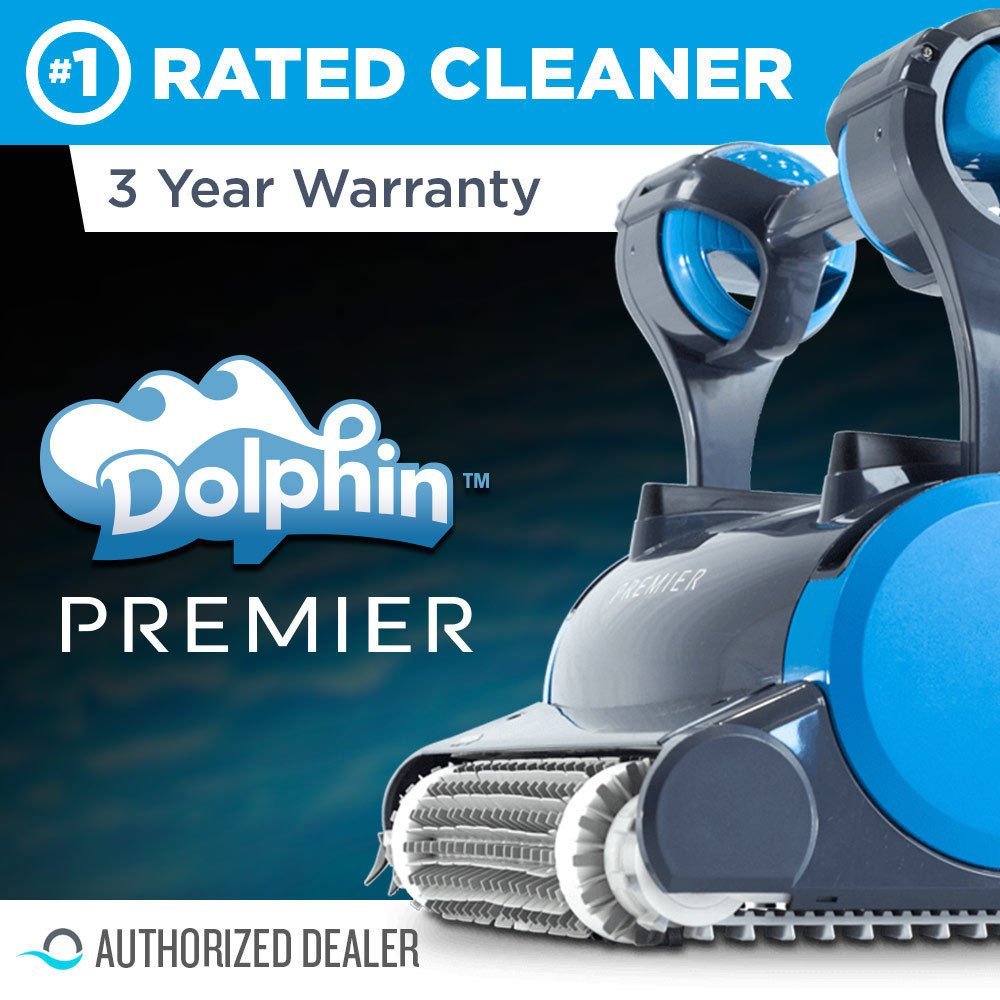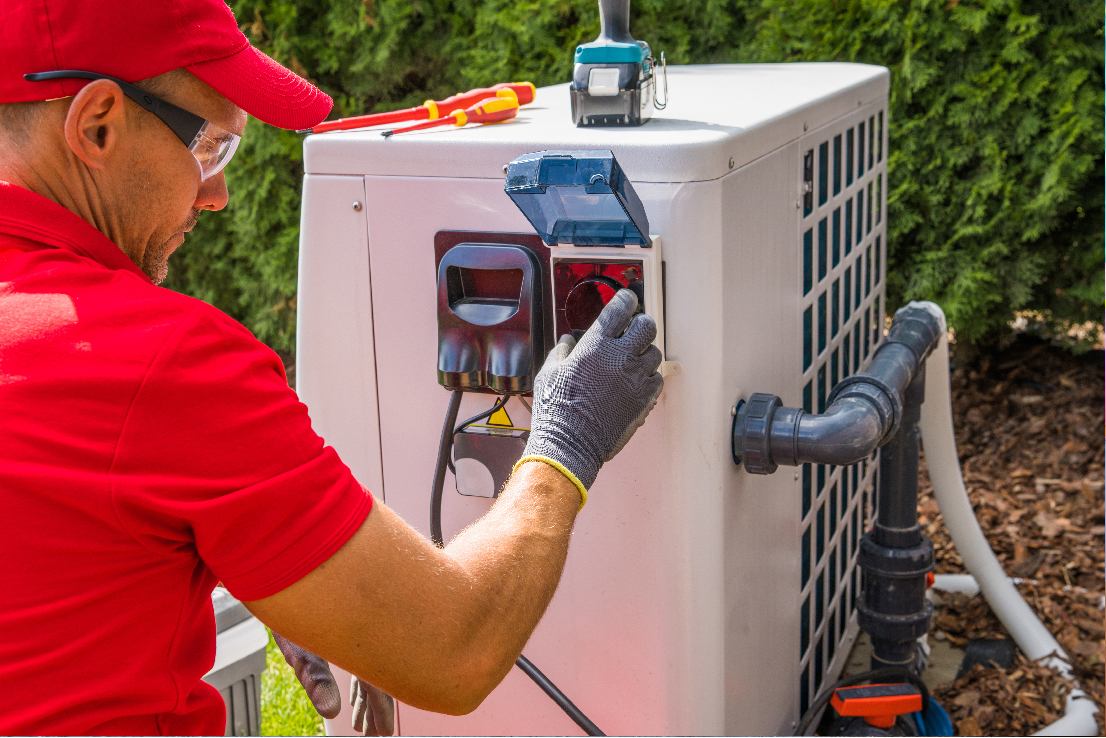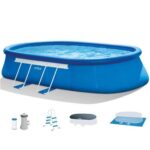
Addressing Leaks in Swimming Pools: A Comprehensive Guide to Detection and Repair
Identifying Leaks, Repair Techniques, and Considerations for Different Pool Surfaces
Leaking swimming pools can lead to significant water loss, increased maintenance costs, and potential damage to the pool’s surroundings. Identifying and repairing leaks in a timely manner is crucial for preserving the pool’s structural integrity and maintaining a safe and enjoyable swimming environment. In this article, we will discuss how to detect leaks in swimming pools, the methods used to fix them, and the considerations for different pool surfaces.
Detecting Leaks in Swimming Pools
- The Bucket Test: The bucket test is a simple way to determine if your pool is losing water due to a leak or evaporation. Fill a bucket with water and place it on the pool’s steps, marking the water level inside and outside the bucket. After 24 hours, compare the water levels; if the pool’s water level has dropped significantly more than the bucket’s, there may be a leak.
- Inspect Pool Equipment: Check your pool’s equipment, such as the pump, filter, and plumbing, for any visible signs of leaks, including wet spots or damp areas around the equipment pad.
- Check Pool Surfaces: Examine the pool’s surfaces for cracks, gaps, or tears that may indicate a leak. Pay particular attention to areas around fittings, skimmers, and return lines.
- Dye Test: If you suspect a leak in a specific area, perform a dye test by releasing a small amount of pool-safe dye near the suspected leak site. If the dye is drawn into the leak, it can help confirm its location.
- Professional Leak Detection: If you are unable to locate the leak yourself or the leak is not easily accessible, consider hiring a professional pool leak detection service. Professionals use specialized equipment and techniques, such as hydrophones, pressure testing, and electronic leak detection, to pinpoint leaks with precision.
Fixing Leaks in Swimming Pools
- Vinyl Liner Pools: Small tears or holes in vinyl liners can often be repaired using a vinyl patch kit. For larger or more complex repairs, it may be necessary to consult a pool professional or replace the liner.
- Concrete Pools: Leaks in concrete pools can be repaired using hydraulic cement, epoxy, or pool putty. These materials can be applied directly to the leak site, following the manufacturer’s instructions. In some cases, more extensive repairs or resurfacing may be required.
- Fiberglass Pools: Small cracks or leaks in fiberglass pools can be repaired using a fiberglass repair kit, which typically includes resin and fiberglass cloth. For more significant damage, professional repair or resurfacing may be necessary.
- Plumbing Leaks: Leaks in pool plumbing should be addressed by a professional, as repairs may involve excavation and replacement of damaged pipes or fittings.
- Equipment Leaks: If leaks are found in pool equipment, such as pumps, filters, or heaters, consult the manufacturer or a pool professional for guidance on repair or replacement.
Different Pool Surfaces
When addressing leaks in swimming pools, it’s essential to consider the specific pool surface, as repair techniques and materials may vary.
- Vinyl Liner Pools: Vinyl liners are flexible and relatively easy to patch for small leaks. However, they may require professional attention or replacement for larger leaks or tears.
- Concrete Pools: Concrete pool surfaces, including gunite and shotcrete, can be repaired with hydraulic cement, epoxy, or pool putty. More extensive damage may require professional repair or resurfacing.
- Fiberglass Pools: Fiberglass pool surfaces can be repaired using a fiberglass repair kit for small cracks or leaks. Larger damage may necessitate professional intervention or resurfacing.
Addressing leaks in swimming pools is a critical aspect of pool maintenance, as it helps prevent water loss, reduce costs, and maintain a safe swimming environment. Detecting leaks early on can save time, money, and potential damage to the pool’s structure and surrounding areas. Utilizing methods such as the bucket test, inspecting pool equipment, checking pool surfaces, performing dye tests, and seeking professional assistance when necessary can help identify and resolve leaks in a timely manner.
Repairing leaks requires careful consideration of the pool’s surface type and the use of appropriate repair techniques and materials. Whether you have a vinyl liner, concrete, or fiberglass pool, understanding the specific repair process and when to consult a professional is essential for maintaining the integrity and longevity of your swimming pool. By staying vigilant about leak detection and addressing any issues promptly, pool owners can ensure a well-maintained and enjoyable swimming experience.




